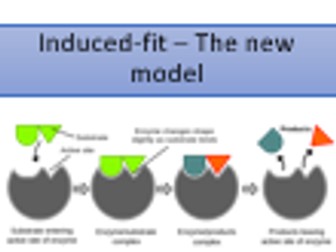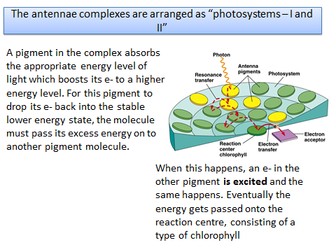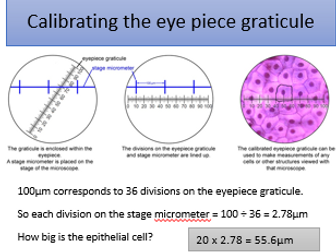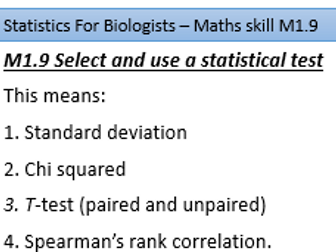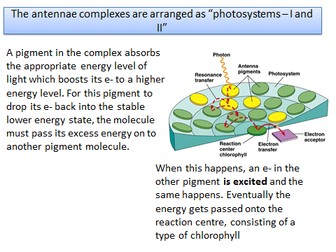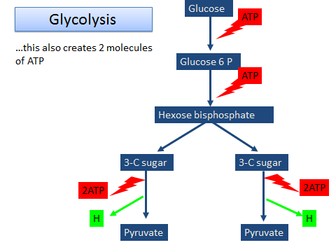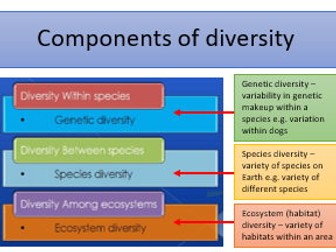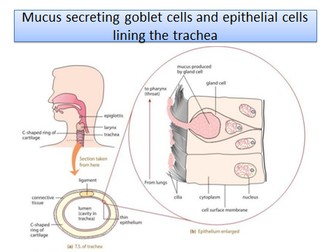
5.1.5 Plant and animal responses OCR A level Biology
This power point includes all parts of the 5.1.5 specification and is approximately 12-13 lessons, depending upon pace. Each lesson finishes with summary questions to check understanding.
Plant responses
Controlling plant growth
Investigating tropism
Commercial uses of plant hormones
The mammalian nervous system
The brain
Reflex actions
Coordinating responses
Controlling heart rate
Muscle structure
Muscle contraction
Neuromuscular junction
Different types of muscle fibres
